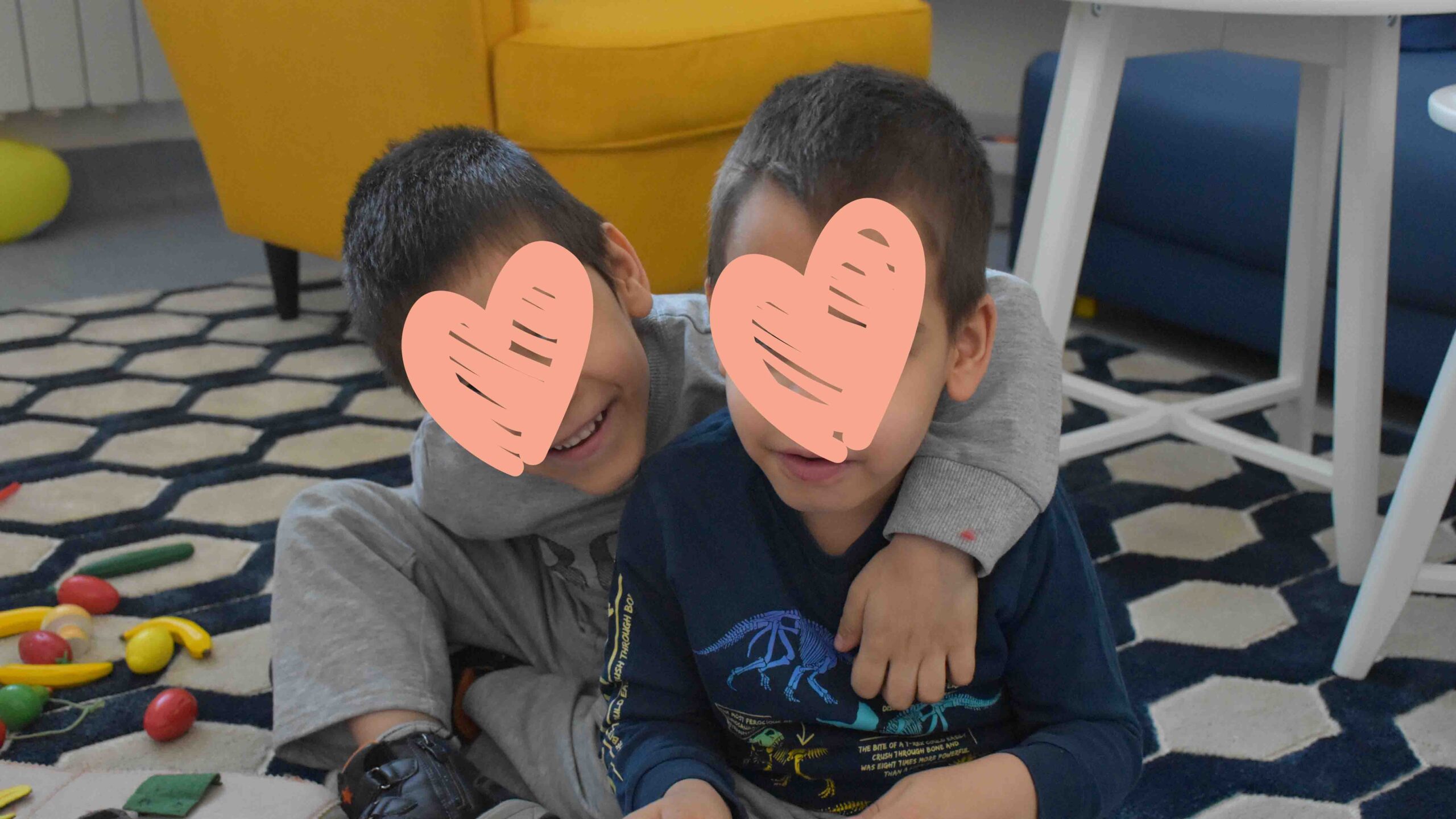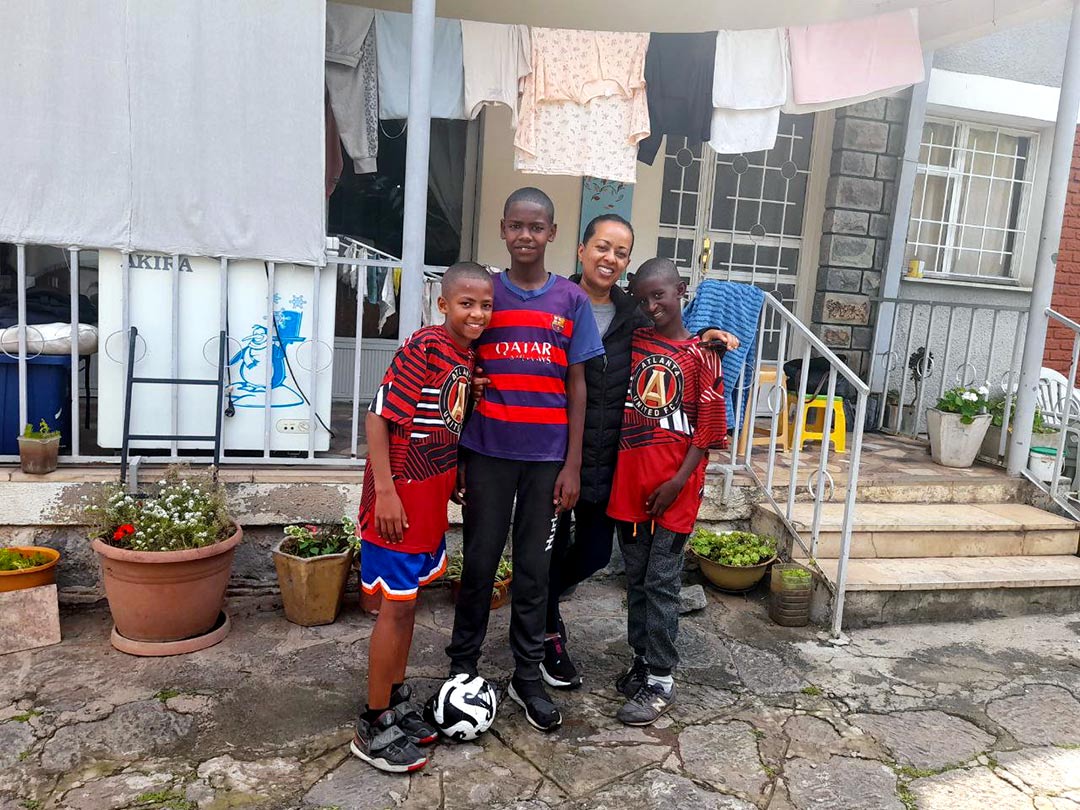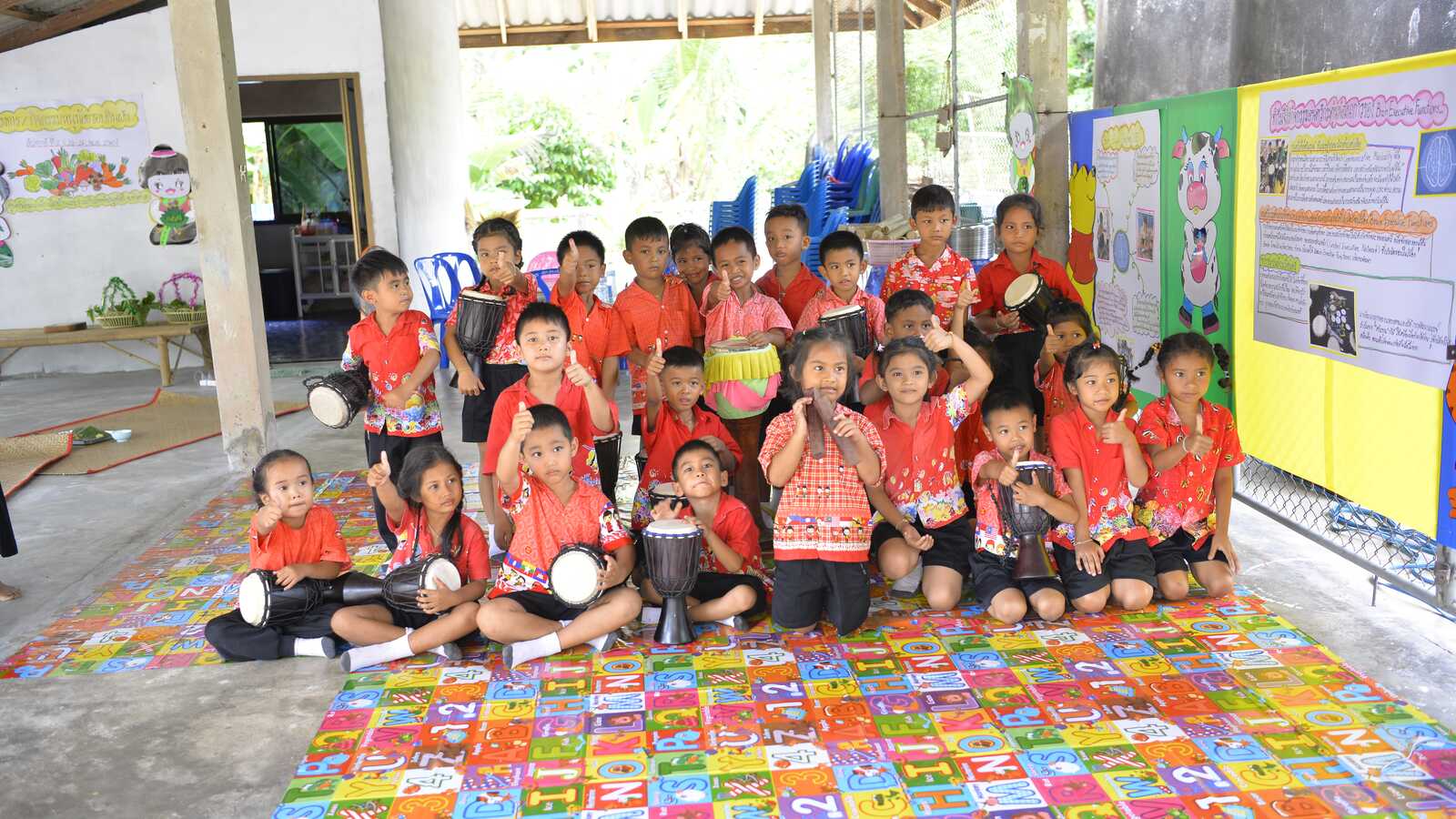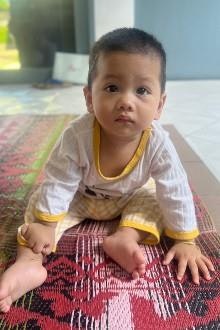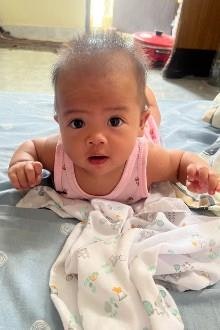The Prior family’s adoption journey has been characterized by little nudges from God — often to step out of their comfort zone, in faith. This led them to two older child adoptions from Thailand, one from the Special Needs Project. They wouldn’t change a thing!
Jillian Prior felt adoption from Thailand tugging on her heart, so she sat down and pulled up Holt’s website to look at Thailand’s adoption requirements. Then, she caught her breath.
She and her husband, Kreig, had had adoption on their radar for a while, but they kept putting it off. Life was busy and full, and the financial component of international adoption was so intimidating.
But, that day on the computer in 2016, Jillian’s heart stopped for a second because she saw that she and Kreig were right on the upper cusp of Thailand’s age range for parent eligibility. She looked at her husband.
“It’s now or never,” Jillian said.
Committed to Adopting From Thailand
Jillian and Kreig knew early on in their marriage that they wanted to adopt. So they started doing all they could to learn about different countries and cultures. They started by opening their home to host international students. Two of those students were sisters from Thailand who impressed the Priors with tales of their home country and culture.
“We learned a lot about Thai culture from them,” Kreig says. “Their amazing culture really impressed us. The people were friendly and the things that they discussed with us about their country just had us intrigued.”
The Priors connected with both these girls so much that they traveled to Thailand and stayed with the girls’ family for two weeks.
“We fell in love with Thailand,” Jillian says. “And then we saw [children who were orphaned] while we were there and just felt God pulling on our hearts. At the end of the two weeks I told my husband, ‘This is where I want to adopt from.’”
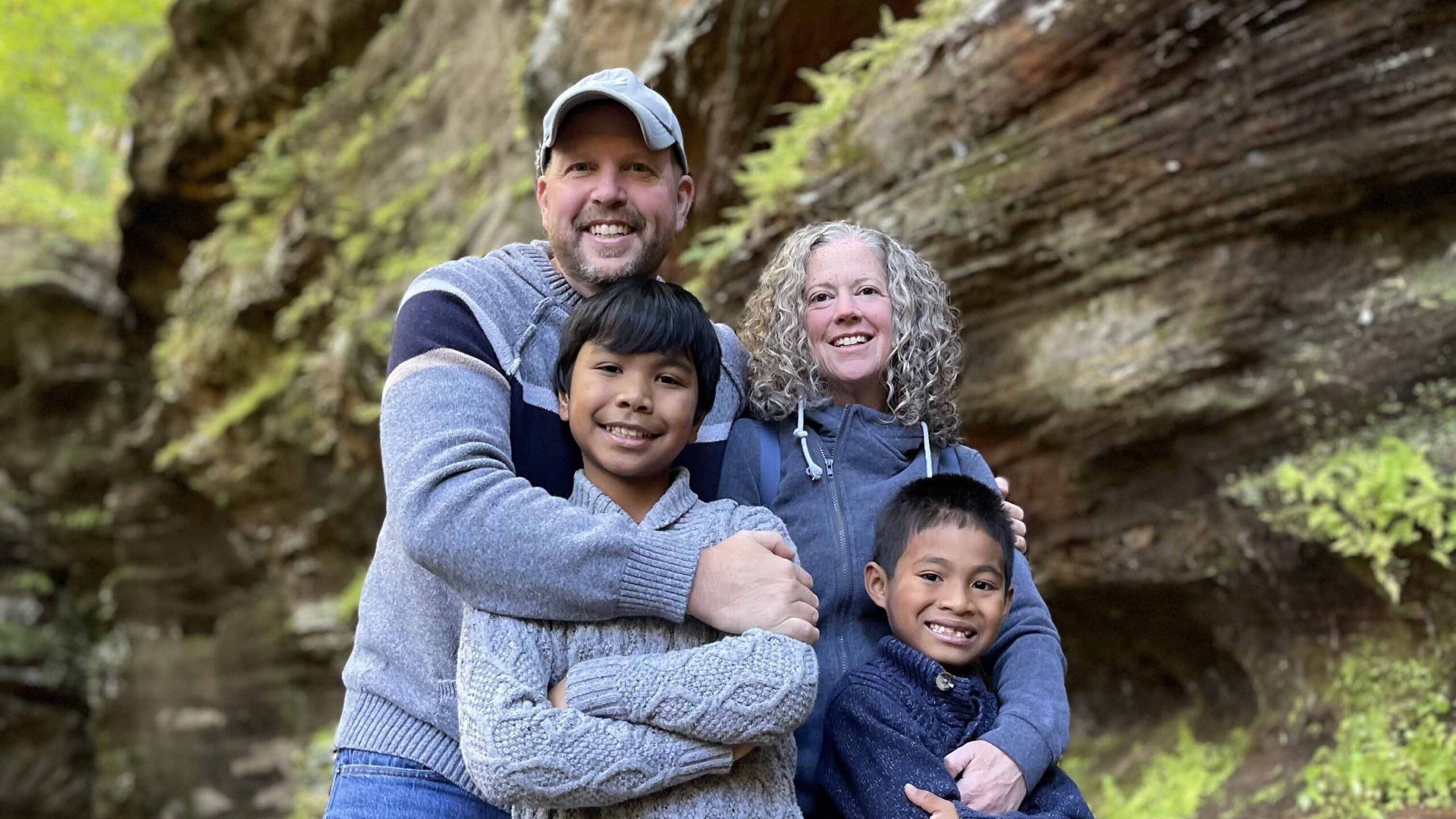
So, four years later, motivated by Thailand’s age parameters for adoptive parents, Jillian and Kreig filled out an adoption application and sent it in to Holt, knowing they would figure out the rest later.
“Sometimes you just have to take a leap,” Kreig says, smiling.
The First Nudge: Uniting with Ansel
The Priors initially thought that they wanted to adopt a child who was 3 or younger. But when they were filling out their paperwork, Kreig said he thought they should put down that they were open to a child up to 5 years old.
“I just felt in my heart of hearts that God was telling us to look at an older age range,” Kreig says. “We saw a lot of parents who were interested in the babies or toddlers, and I think that we had it in our head that that might be a good age range for us, but there was something that told me we should be open to adopt an older child.”
So, they did.
A few months later, Jillian and Kreig got a call from Holt about a little boy. He would be 5 by the time his adoption was finalized. Their social worker told them they were actually number 16 or 17 on the waiting list for Thailand adoption, but everyone above them had put an age cap of 3 — like they’d almost done.
“I just felt in my heart of hearts that God was telling us to look at an older age range. We saw a lot of parents who were interested in the babies or toddlers, and I think that we had it in our head that that might be a good age range for us, but there was something that told me we should be open to adopt an older child.”
Kreig Prior
“So [this little boy] came to us and the social worker told us we could pass,” Jillian says. “But we said ‘send his file,’ and of course that was it. As soon as we saw his face, we knew. He looked like he was very outgoing and silly. In a lot of his pictures he was making funny faces and he looked rambunctious. That really drew us in.”
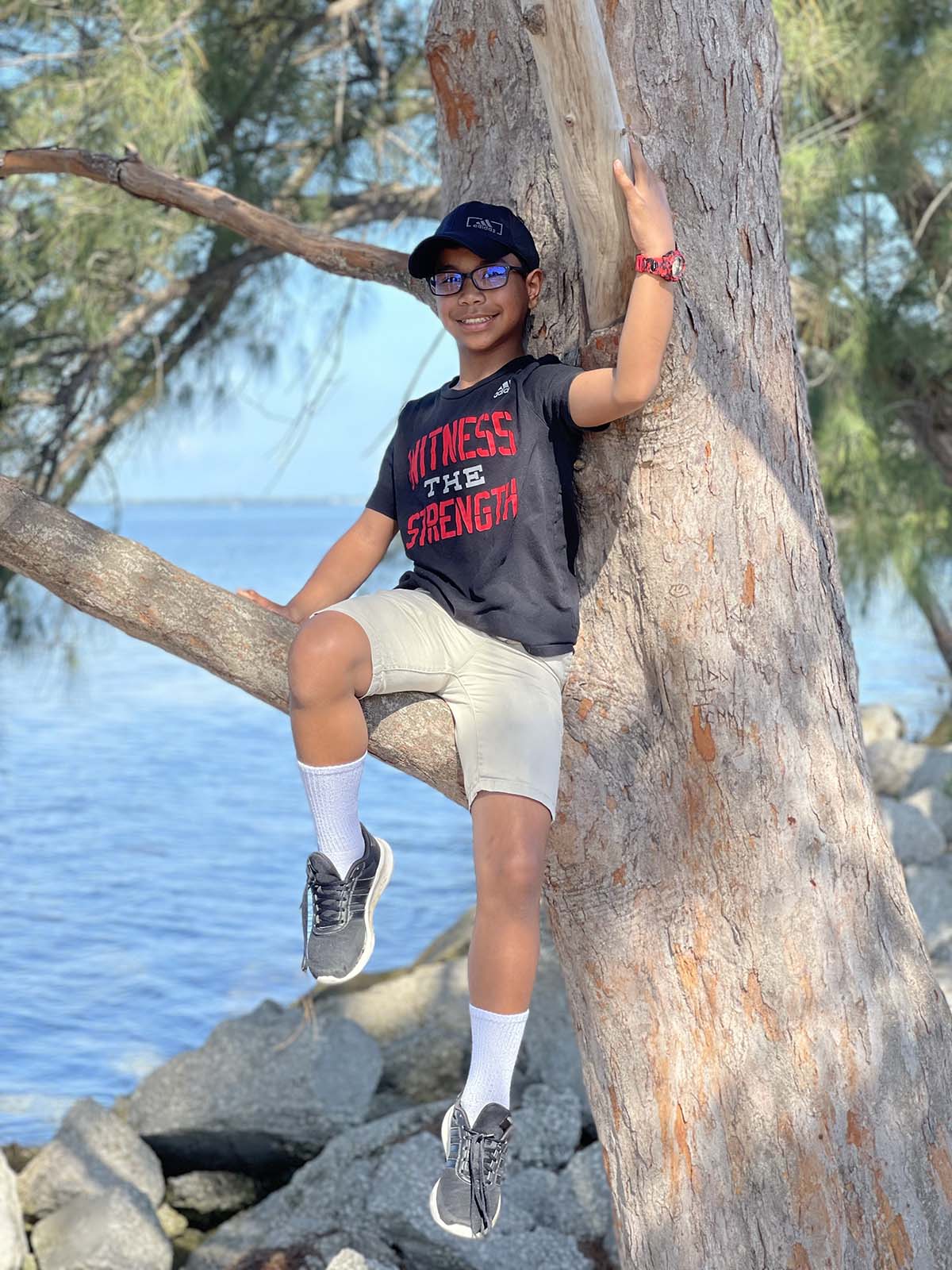
Eleven months later, they united with their son, Ansel.
Pride fills both Jillian and Kreig’s voices as they talk about how amazing Ansel is, and what an incredible experience adopting him has been. Because of Ansel, when the Priors started the adoption process for a second time, they knew they were interested in an older child again.
Adopting Again
“Because of Ansel, we actually wanted to [adopt] a child on the waiting child list,” Jillian says. Children on Holt’s waiting child photolisting may be older in age, part of a sibling group, have special medical, physical, developmental or emotional needs, have a complex family history or have other unique needs — children who require additional advocacy to find a family. This was exactly the profile of child the Priors were open to for their second adoption.
“We wanted to give a home to one of the kids who was having a harder time,” Jillian says.
They also knew a few other things, like that they wanted to adopt another boy so that Ansel would have a brother and that they wanted someone close to Ansel’s age.
While they didn’t think they had the support system or the resources to parent a child with an especially high degree of physical or mental need, they still felt drawn to the waiting child photolisting.
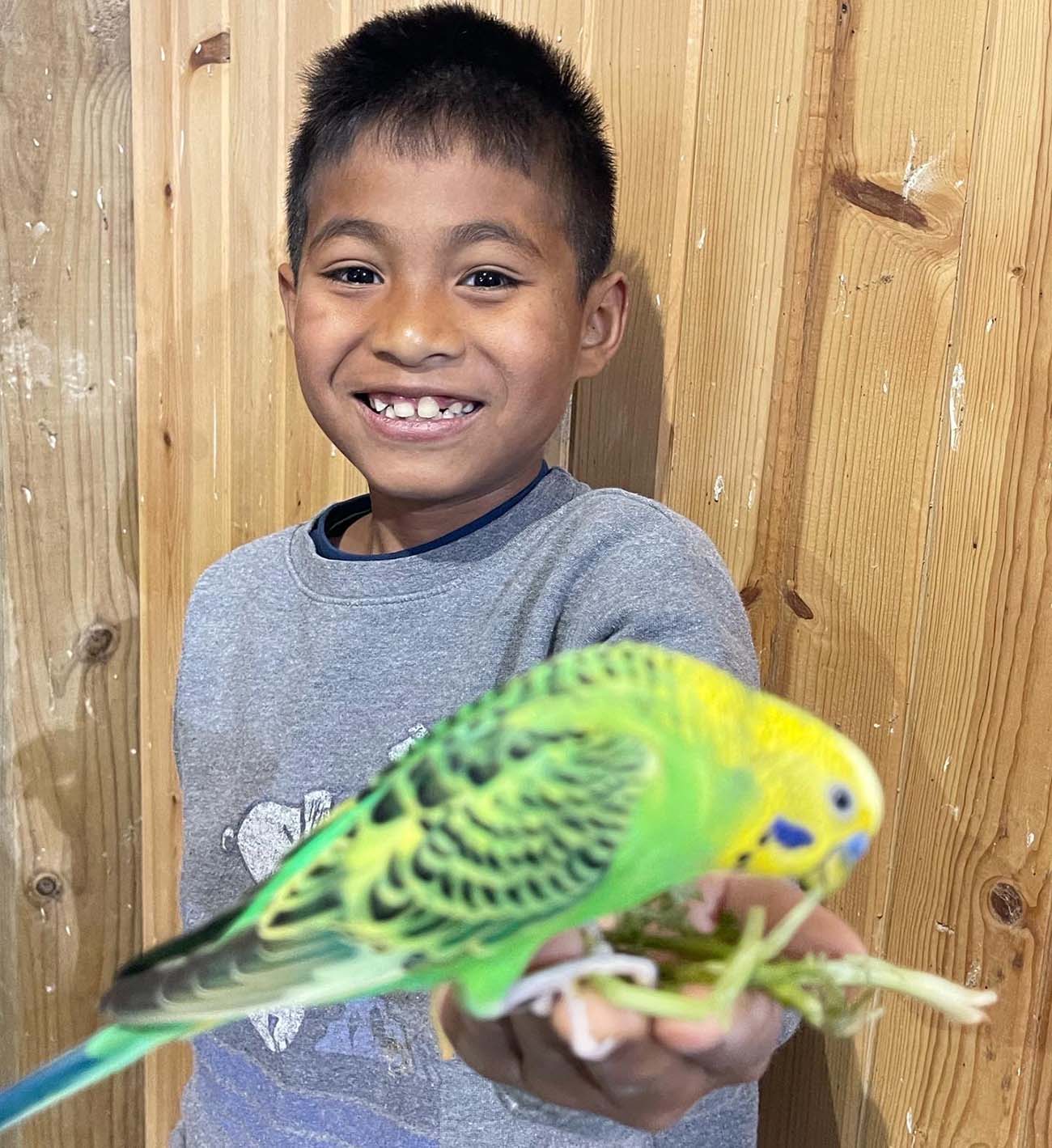
“There were a couple boys that fell in the age range that we were looking at,” Jillian says. “And we kind of pulled up their pictures and read their little synopsis. There was just something about Hudson that resonated with us, out of all the ones we looked at! We said, ‘This is the little guy that we think is supposed to be a part of our family.’”
The Priors traveled to Thailand in 2021 to adopt 7-year-old Hudson. He was on the photolisting both because he was older and because he had some developmental and learning delays — in part due to having spent his first years in an orphanage rather than a family.
Another Nudge: Adopting From an Orphanage
“One of the things that God surprised us with was nudging us to be open to a child from an orphanage,” Kreig reflects. “We really like the foster care system in Thailand and had a great experience with Ansel, but I think that opening up our hearts and minds and letting God lead in that area was a good thing.”
The Priors adopted Ansel from the foster care system in Thailand, known for its high standards of family-like care. Hudson, by contrast, came from an orphanage instead of living with a foster family. This in and of itself was a big difference between the two adoptions.
Children adopted from foster care tend to have a better chance in their early formative years to learn how to bond with their caregivers and thrive in a family. Unfortunately, children who spend time in an orphanage tend to have some delays. They are also at a disadvantage when it comes to developing healthy emotional attachments with their family, since they grew up with less one-on-one attention from their caregivers.
This is true in even the best of orphanages, which is why Holt is committed to family-based care. Whenever possible, Holt’s first priority is helping children stay or reunite with their birth families. If a child cannot be reunified with birth family, we seek the best care possible for them — working in many countries to help develop or expand foster care — while they wait to be united with a family. We first strive to unite children with families through domestic adoption so they can grow up in the country and culture of their birth. International adoption is pursued last, as the final remaining and best chance for a child to grow up in a loving, permanent family.
But even for children who spend time in orphanages, there is good news. Once in a loving family that can provide the right therapeutic and medical resources, and the loving, attentive care they may have missed out on in the orphanage, many children are able to catch up in development and build a strong bond with their family — children like Hudson.
“Hudson had no idea what the concept of family was,” Kreig says of when they first adopted their second son. “No clue. He thought we were his caretakers.”
This became clear by how he referred to his parents.
“He kept telling people that our names were ‘Mom’ and ‘Dad,’” Jillian adds. “He thought those were our names, not our roles.”
Helping Hudson adjust to living in a family was the most challenging aspect of all. It was so different from everything he was used to!
A Difficult Transition
“The first six months with Hudson were harder, so much harder than the first time [we adopted],” Jillian says. “They were the hardest six months of my life.”
Hudson craved structure, like he’d grown up with in the orphanage. He was always asking questions: What time are we getting up? What time are we eating? What time are we going to bed? This was challenging for the Priors, since they consider themselves a free flowing, spontaneous family.
Hudson had also learned some deceptive behaviors in the orphanage. There, it was easier to lie than to ask for what he wanted. Jillian and Kreig found that Hudson was hiding candy in his room and sneaking his Nintendo Switch to school in his backpack.
“Ansel is very follow-the-rules, very black and white,” Jillian laughs. “So these things never cross his mind to do anything like that. Speaking of opposites between the two kids!”
The Priors have been patient with their younger son. They know that so many of these behaviors are a result of his past — and that these are things they can help heal and teach him. They are gradually helping him to be comfortable in a family, and to love and trust them.
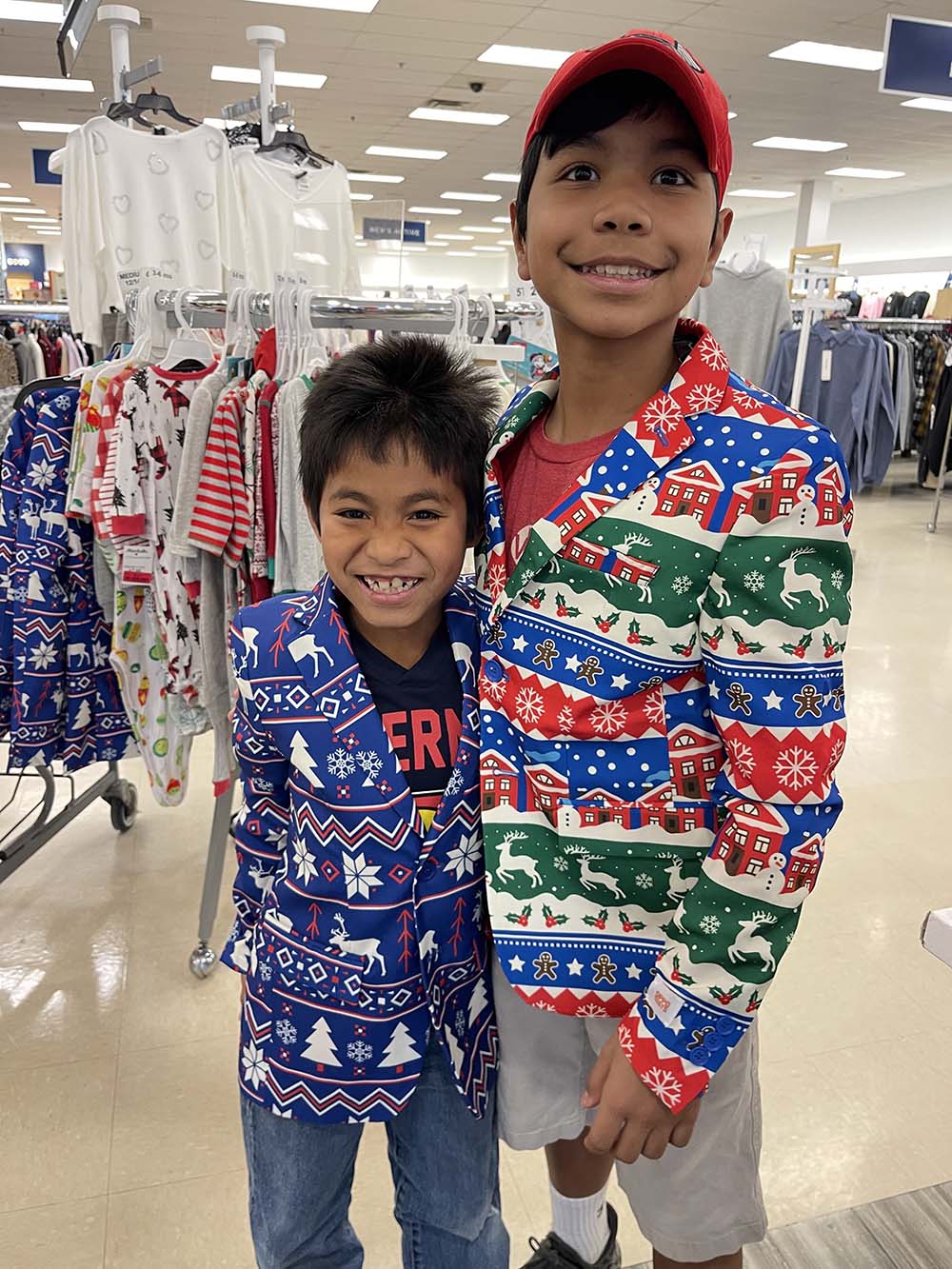
“We found out too that emotionally, Hudson can shut us off,” Kreig reflects. “When we correct him, he wants to shut it off entirely and disassociate.”
But the Priors have also seen huge growth in Hudson. He has grown comfortable with them and with his older brother, and they love seeing his personality shine. Hudson bonds quickly and easily with his peers, and has a whole group of neighborhood kids he loves to play with outside and ride bikes with.
“Everybody is Hudson’s friend,” Jillian says, smiling. “This is Hudson’s second year in the school, and when we went to meet his teacher, we were walking down the hallway and everybody there was like ‘Hi Hudson! There’s Hudson! We’re so happy to have you back!’”
The Priors had felt led to adopt Hudson, trusting God to help them parent a child from an orphanage with a few delays. They hadn’t felt equipped for more significant special needs.
But then God threw them a curveball.
An Unexpected Diagnosis
“The ironic thing is that after we got home with Hudson, we started seeing some behavioral things,” Jillian says.
Jillian and Kreig noticed Hudson making erratic movement and noises. Puzzled and a bit concerned, they started doing research and making doctor’s appointments.
It turns out that Hudson has Tourette Syndrome, a neurological disorder that causes uncontrolled vocal and motor tics. Unexpected diagnoses like these — though rare — sometimes happen once a child adopted from an orphanage is united with a family. Parents, with their loving one-on-one attention, often notice behaviors and symptoms that the busy orphanage missed.
“His Tourette’s is not severe, but higher than mild,” Jillian says. “We’ve done great with him, even though we thought we would be overwhelmed! God said, ‘You’ll be fine!’”
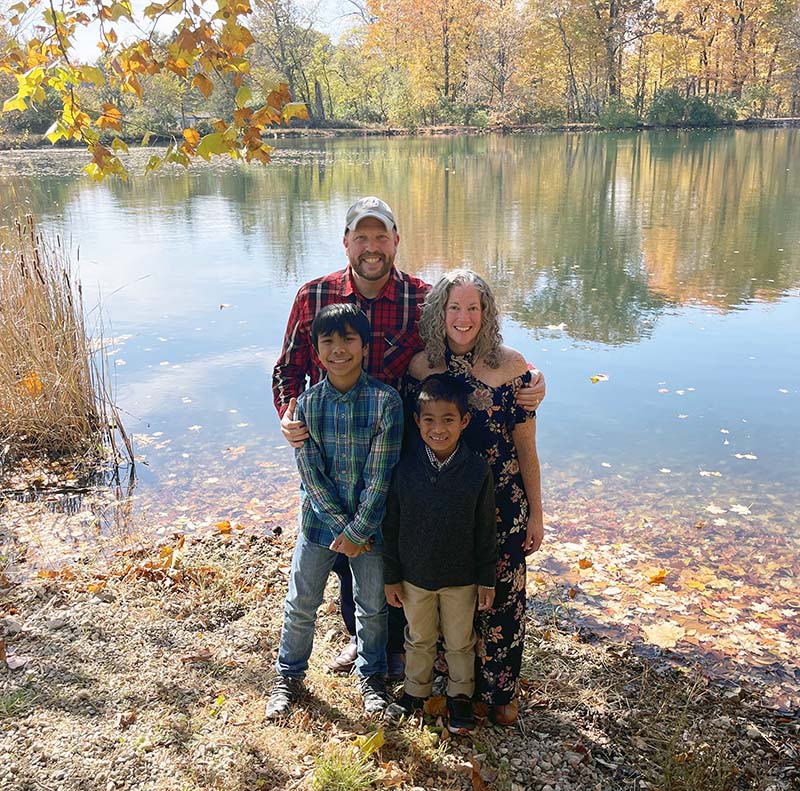
The Priors have felt surrounded by resources and support for Hudson, especially at school.
“God has us in a school system that provides a lot of extra remedial help for him,” Kreig says. “In fact, it’s known as being a school system that is one of the best in the Columbus area.”
There are many first-generation Americans who only speak a foreign language at home in the Priors’ Ohio school district, so there are many teachers and resources for Hudson as he learns English as a second language.
“He has been learning by leaps and bounds,” Jillian says with pride. “Tourette’s waxes and wanes, often triggered by stress. So when he starts back at school or school gets hard, it will flare up and he’ll get this tic where he sounds like he’s stuttering. His teachers are so patient with him! You can tell when he gets more comfortable in the school year because that tic will kind of go away or not happen as often.”
With help from Hudson’s teachers and his neurologist, Hudson is thriving at school — and at home, too, where he and Ansel have grown by leaps and bounds together as brothers.
Adjusting to Brotherhood
“One of the hardest things was that Ansel had a really hard time with Hudson, much harder than we anticipated,” Jillian remembers.
The boys are only about a year apart. Today, Ansel is 10 and Hudson is 9. But Ansel’s maturity is closer to someone who is 13 to 15, while Hudson’s developmental age matches kids a few years younger than him.
“We tell our boys that we love them often. And we tell them that before they came to us they were loved, deeply, and we hope they always know that.”
Jillian Prior
Ansel is very logical and scientific, while Hudson is extroverted and artistic. They are completely different, something their parents cherish, but which also led to a difficult start in their relationship.
“Ansel struggles with anger, that’s a lot of what has come with him,” Jillian says. “So when Hudson came, a lot of anger came out that we hadn’t seen before, not at that level. He was just angry all the time. In that first six months I thought, ‘Are we ever going to get our old Ansel back?’”
But time has helped heal this rift between the brothers, and recently they’ve started to bond.
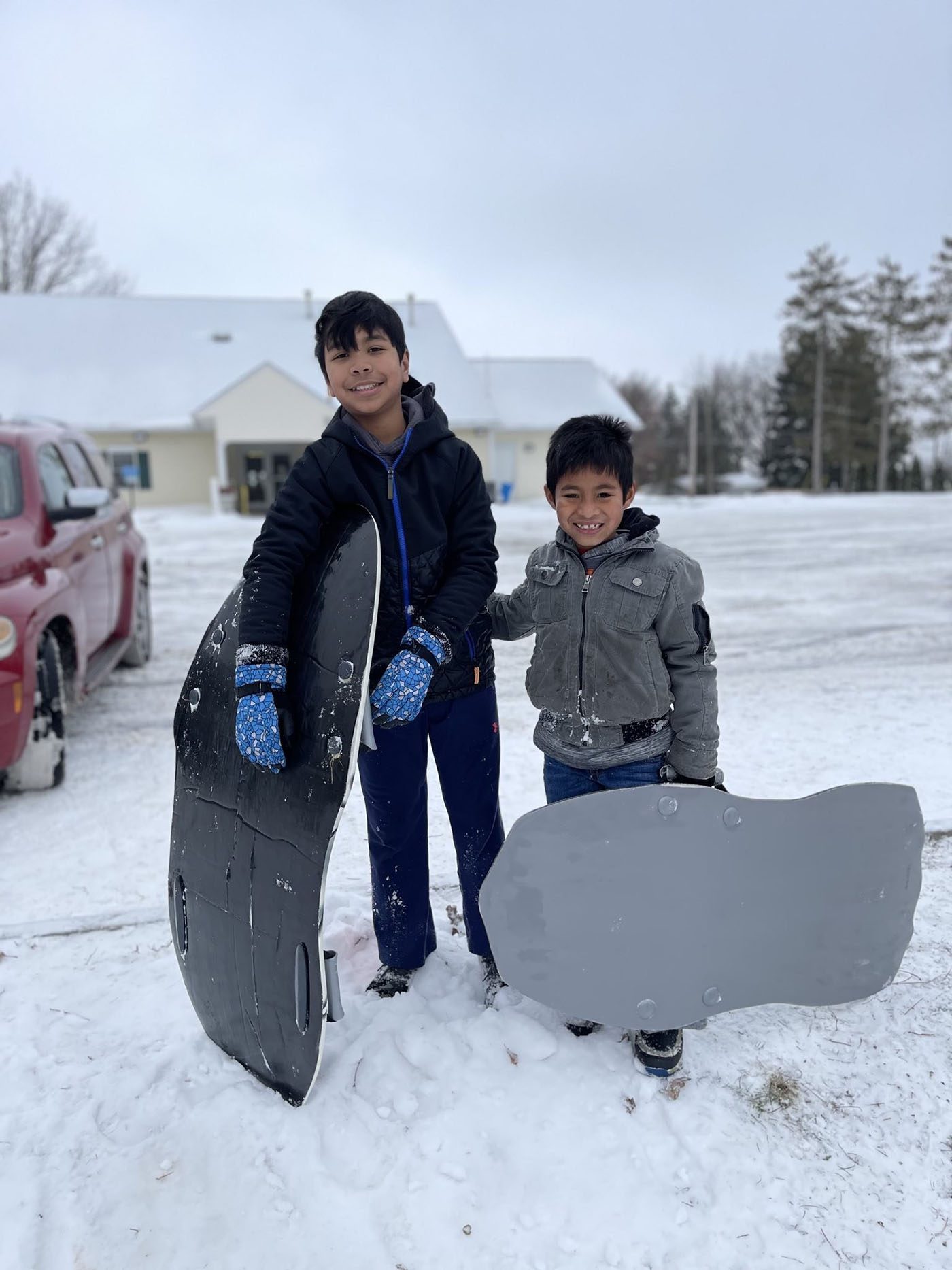
“These past three or four months we’ve noticed that Ansel isn’t getting as angry or frustrated with Hudson,” Jillian says. “And he is actually teaching him things and taking him under his wing.”
Jillian and Kreig turned their extra bedroom into a playroom just for the boys, where they can hang out together and watch movies. Hudson bought a couple camp cots with his money to put in the room, and Jillian and Kreig make them agree on a movie to watch together.
“It’s like they’re camping out, the weekend campout room,” Kreig says. “We’ve noticed that that really bonds the two of them together. When they come out of that room, they seem to be closer with each other.”
One parenting strategy that has also worked when the boys aren’t getting along is to give them something to work on together, like a puzzle or something to build. Jillian and Kreig set a timer for five or 10 minutes and then leave the room. When Ansel and Hudson come out, they are usually on better terms.
Trusting God Through It All
Jillian and Kreig have learned a great deal about adoption, especially about adopting older boys with special needs. There were so many hurdles that they feel God helped them overcome.
This trust in God’s provision has characterized every step of the Priors’ adoption journey and they say they are so grateful that they moved in the direction He was leading them! Following these little nudges from God has brought them two wonderful sons, and a lifetime of joy.
“We tell our boys that we love them often,” Jillian says. “And we tell them that before they came to us they were loved, deeply, and we hope they always know that.”
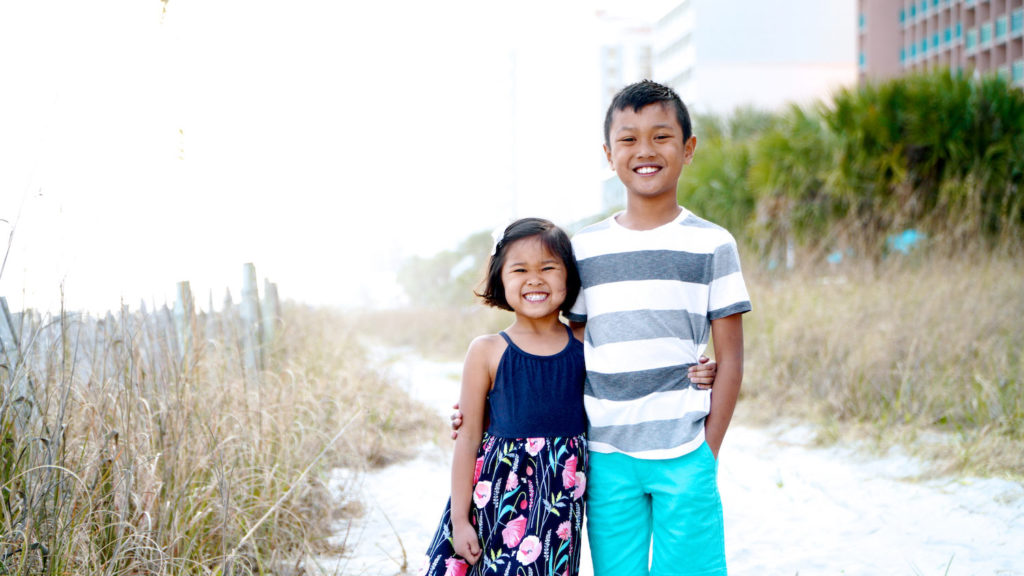
Adopt From Thailand
Many children in Thailand are waiting for a loving, permanent family.
